Andean Mountain Cat

- It hunts for animals such as mountain viscachas and mountain chinchillas
- May also eat reptiles, birds, and other small mammals
- Unafraid of the human presence
Andean Condor

- Mostly eats on the remains of mammals such as sheep, llama, cattle, seals and eggs of seabirds
- No clear predators
- Can live up to 50 years and can mate for life
Alpaca
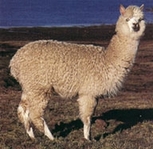
- They are vulnerable to mountain lions, coyotes, bears, and other carnivores
- They are herbivores, meaning they do not hunt for meat, but rather grass and shrubs
- Long necks help alpacas spot predators
Chinchilla
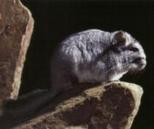
- These animals are often preyed upon by mountain lions, snakes, and birds of prey
- Mostly prey upon vegetation such as shrubs, cacti, berries, and grass.
Llama
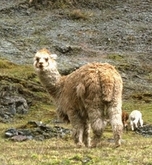
- Mainly eat grass, shrubs, and lichens
- Predators include mountain lions, snow leopards, cougars, and also humans
Andean Flamingo
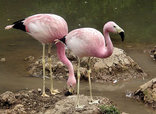
- Do not have very many predators; chicks however can be prey to birds of prey and culpeo foxes
- Andean flamingos mainly eat algae and diatoms, therefore they do not hunt other animals
Vicuna
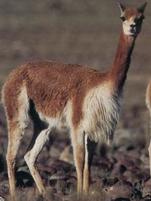
- Mainly eat grass
- Preyed upon by pumas and humans
